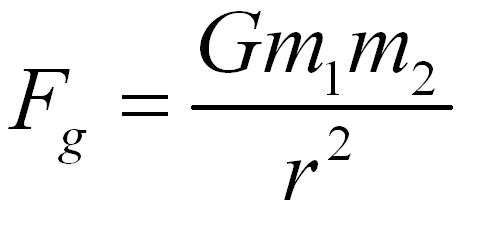Constantinople
FULL MEMBER

- Joined
- Jul 9, 2016
- Messages
- 681
- Reaction score
- 0
- Country
- Location
Follow along with the video below to see how to install our site as a web app on your home screen.
Note: This feature may not be available in some browsers.



https://en.wikipedia.org/wiki/Göktürk-1 its late 2016 now when do they send thsi satelite to space?



What does that mean, its only operational for 9 years?Lifespan: 9 years

Expected lifespan for sattellite, of course it can last longer too.What does that mean, its only operational for 9 years?

Sure but isnt it a little bit short?Expected lifespan of course it can last longer too.
ISS is manned and maintained by astronauts.Sure but isnt it a little bit short?
ISS which is much more complex has something like 20 years if is remember correctly.
New Recruit
Sure but isnt it a little bit short?
ISS which is much more complex has something like 20 years if is remember correctly.


Does gavity still pull lets say satelites towards the earth at those altitudes?

